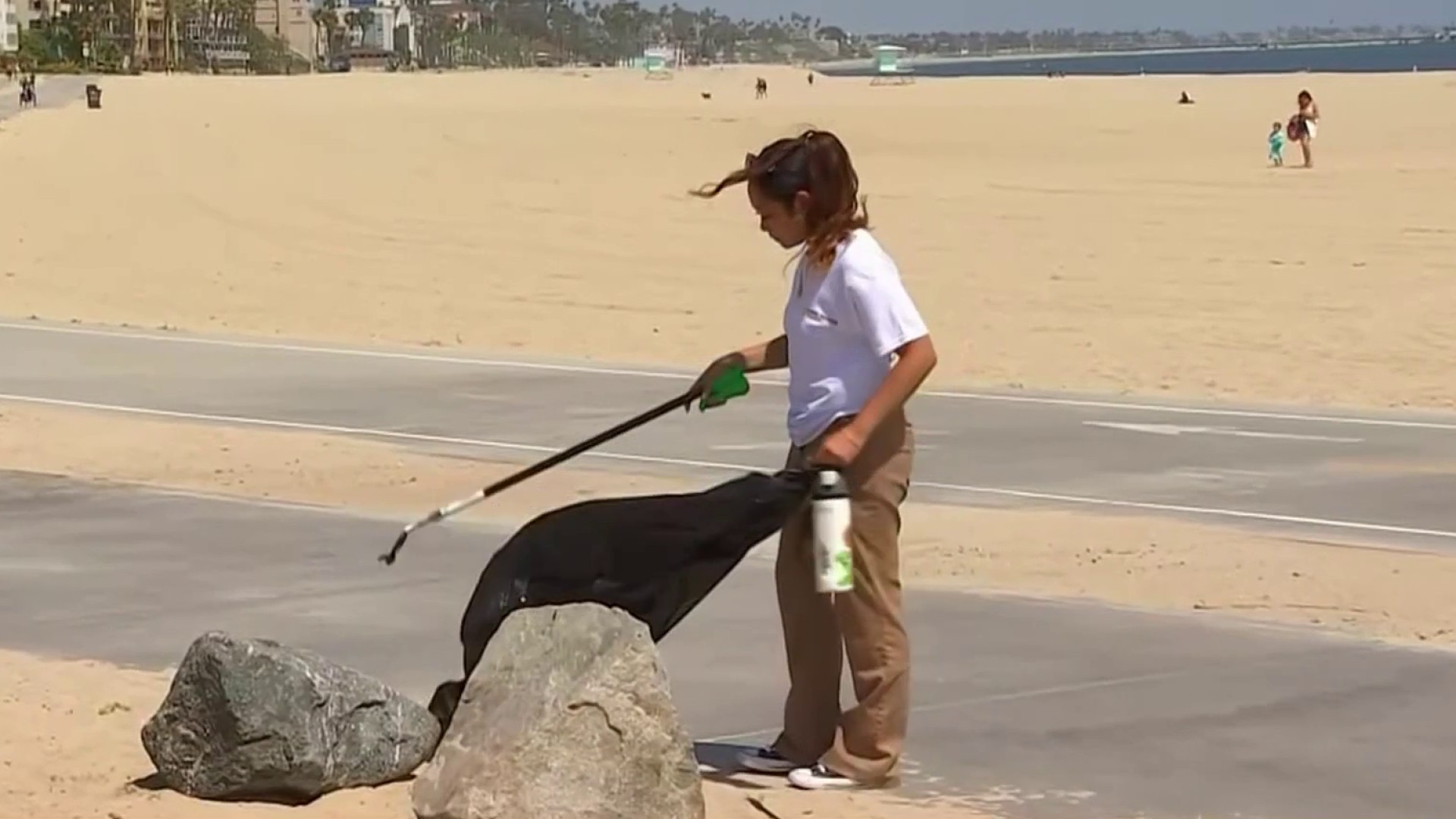California water use dropped by 27 percent in June, the first month of mandatory cutbacks during the drought.
The announcement from state regulators comes after the state's largest cities already announced they met or exceeded mandatory conservation targets provided by the state. Data released by the State Water Resources Control Board shows 265 of the 411 local agencies in the state hit or nearly reached the savings targets implemented after Gov. Jerry Brown ordered an overall 25 percent savings.
The Los Angeles Department of Water and Power, the state's largest agency serving 4 million people, said it met its 16 percent savings target. Utilities serving San Diego, San Jose and San Francisco said savings far exceeded the goals from the state.
Communities have been given nine months starting in June to cut use between 8 and 36 percent compared to 2013 levels, the year before Brown declared a drought emergency.
The heightened conservation came during the hottest June on record in conditions that would normally lead to an uptick in water use. Prior savings have occurred during unusually wet months.
"The June numbers tell a story of conscious conservation, and that's what we need and are applauding today," said Felicia Marcus, chairwoman of the water board. "We need to save as much as possible. That is water essentially in the bank for a future dry year or more."
Some communities opposed the targets assigned by the State Water Resources Control Board, calling the goals unfair and unrealistic. Agencies that don't meet targets face fines and state-ordered conservation measures such as a limit on how many days a week residents can water lawns.
Seventeen districts fell short of meeting their reduction targets, including Beverly Hills.
Local
Get Los Angeles's latest local news on crime, entertainment, weather, schools, COVID, cost of living and more. Here's your go-to source for today's LA news.
"We have a very targeted enforcement effort for those communities that are off their targets where we will be sending notices," Felicia Marcus said, chairwoman of California's Water Resources and Control Board.
In a notice the city of Beverly Hills said it would hit the target next month, this is still would roll out its water conservation plan, including home consulting and rebate incentives.
San Diego was among the cities that said the state should give it credit for past drought-preparation efforts that included paying for desalinated water. The city said water use plunged 24 percent in June, well past its 16 percent target.
Robyn Bullard, a spokeswoman for the public utilities department, credited a campaign that included television commercials and an e-mail blast to customers.
Some large communities in the San Francisco Bay Area reported savings were nearly double what the state ordered. San Francisco reported saving 20 percent after it was given just an 8 percent conservation target because it has one of California's lowest per-capita water use rates.
The East Bay Municipal Utility District, serving more than a million customers east of San Francisco, said it saved 31 percent in June, almost double its target.
San Jose Water Co. reported that its customers reduced consumption by 35 percent in June, compared to the 20 percent goal.
Regulators told residents that letting lawns go brown is the best way to save water.
July is expected to be another strong month for conservation because unexpected record rainfall in Southern California likely led to idle sprinklers.
Forty-six percent of California is under exceptional drought, the most severe of the U.S. Drought Monitor's four categories used to measure drought severity. Nearly 95 percent of the state is under severe drought after four consecutive years of below-average precipitation.



